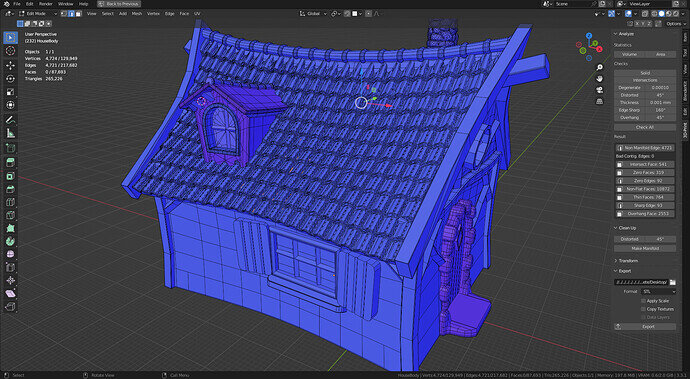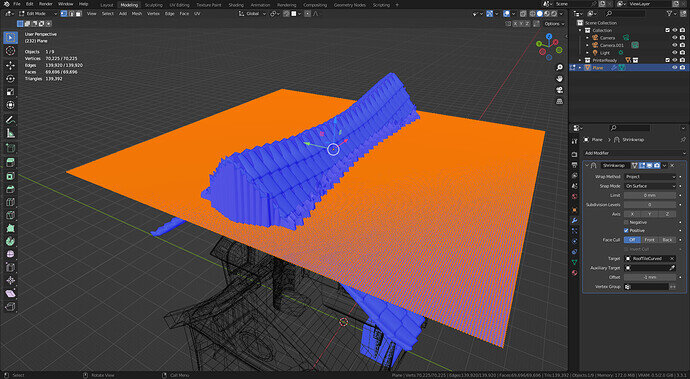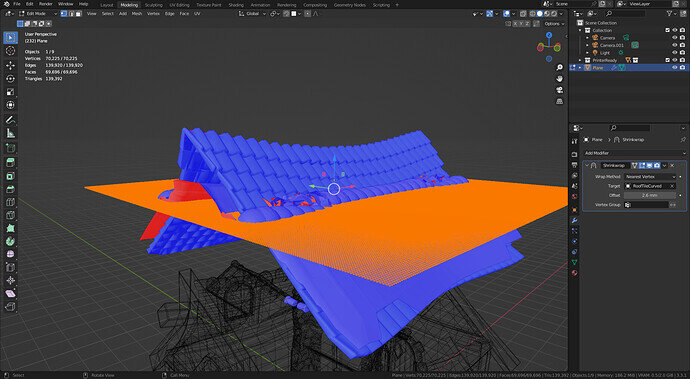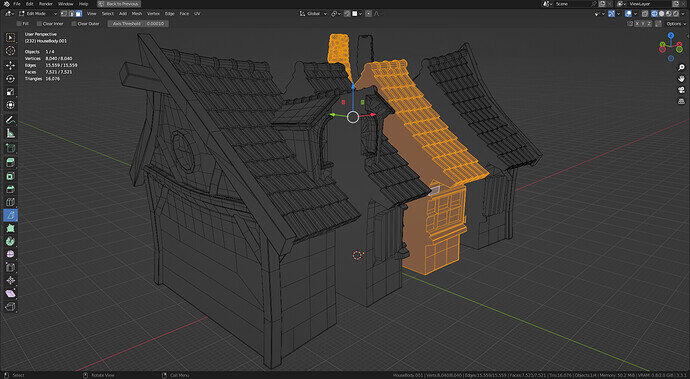Printing this would be much easier if each wall of the house was its own piece. From this approach, overhangs wouldn’t be an issue. To assemble the house, each part could have its own connecting grooves. For example:
Each of the corner beams of the house will have its own grooves. The grooves will hold each of the walls upright and the floor itself can have grooves to further increase the stability of the walls. Each of the beams can be connected to the floor for additional security.
To hold the structure together glue wouldn’t even be necessary. The friction within the grooves of each connecting parts is enough to hold together. You can use booleans to make the grooves. When making connections, there should be a difference of 0.2 mm of space between the connecting parts.
Some very important addons to enable first before doing what I suggested above (if you haven’t already):
First is the “Bool Tool.” Go to edit, preferences, then type “bool.”
The bool tool will allow you to make “live” nondestructive cuts by making it a modifier. The shape you use to cut will disappear and turn into a boundary box in the area that you cut. I recommend making another collection titled “cuts” and hide it because overtime you will make many cuts and it will be a mess of boundary boxes causing confusion. It is already included with blender.
The bool tool also enables keyboard shortcuts: ctrl + - (difference), ctrl and + (union), ctrl + / (intersect). Also each of the symbols press with ctrl are on the numpad.
Another addon to enable is “3D-Print Toolbox.” Easiest to find if you type “tools” in the search bar for the addons. This is also included with blender. What this will do is add another tab to the menu:
This addon can check for imperfections (make manifold) and select all areas of your model with a specified angle. For example, when an angle is over 45 degrees it will need a supports. You can use this addon to see where all those angles are. I haven’t used this too much (occasionally), but any extra tools for this process is great.
Making the house or anything for that matter as separate pieces is unavoidable. If a print messes up and is almost one solid piece, you would be stuck with those imperfections. Prints as large as this (as a 2 piece print) will likely take 6+ hours to print. There are small details that only a small layer height and layer width could capture. The smaller these settings are the more time it will take. However, as separate pieces, you will reduce the amount of supports you need thus reducing the amount of time and plastic you will ultimately throw away. In addition to these benefits, you can print each of these parts when it is convenient for you. Rather than having to monitor a 6+hour print, you could print a small part in 20 minutes. If the print didn’t have the results you were expecting, you will still have the plastic and the time to print more in another 20 minutes (You could also make different style parts to change appearances with easily replaceable parts). Approach this project as if you were creating a model kit. It will take some time, but will be worth it.
For ideas about connecting parts you can checkout websites like “Cults 3D” and another called “Thingiverse.” Many creators post their prints there for download (many of them free). It’s quite amazing what can be done with the right settings and simple PLA plastic filament. I hope this helps and if you have any questions let me know. 

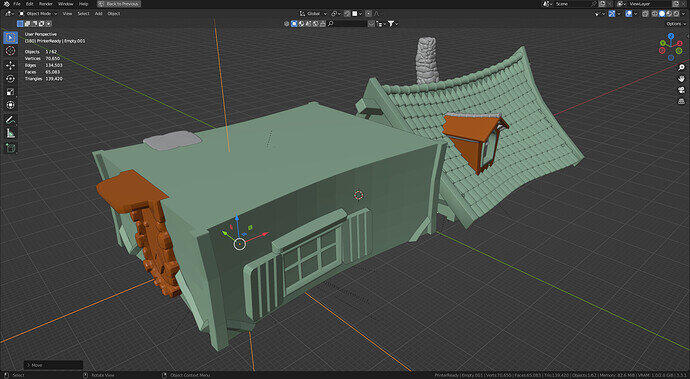
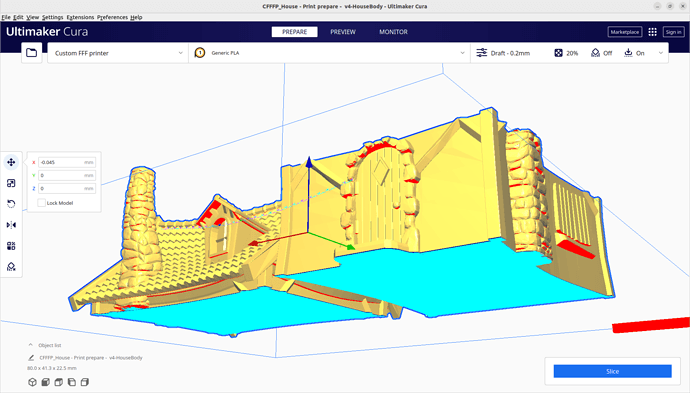

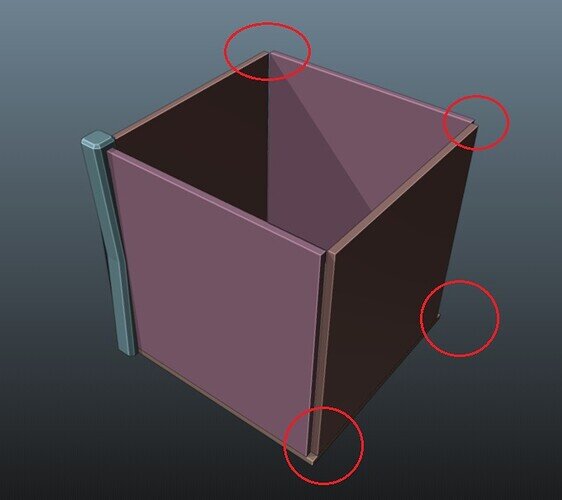
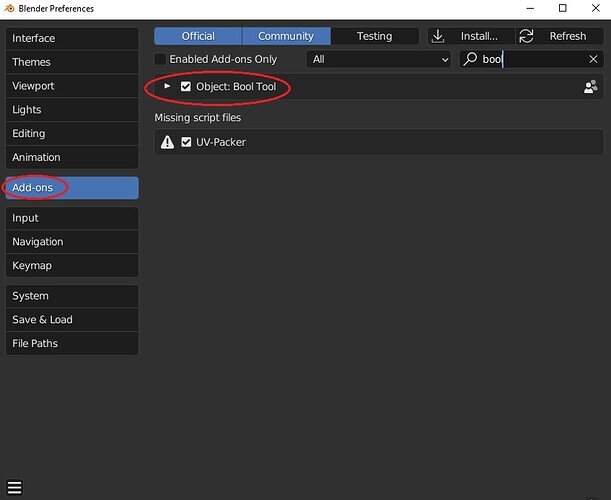
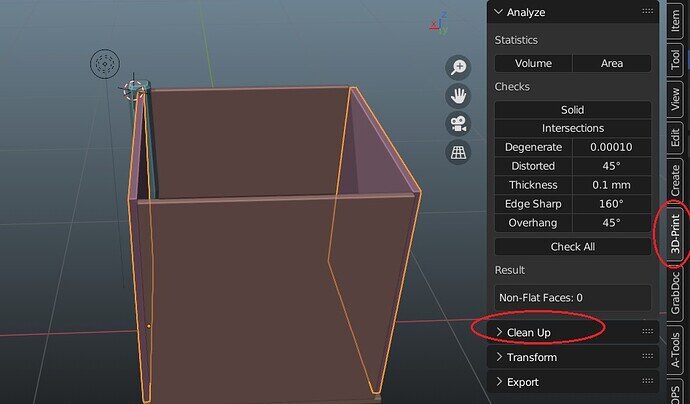


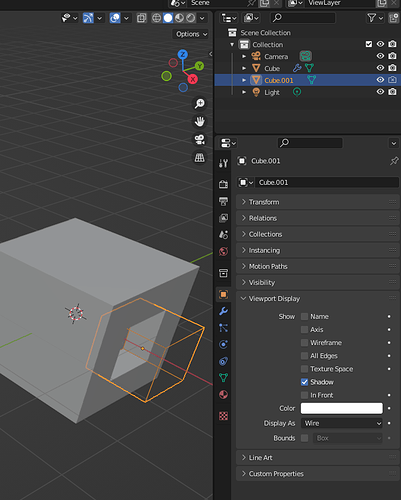
 It was many many years ago when this was part of my hobby skills. I have still an unfinished model kit (still 30 years in the box) of the space shuttle and its launching platform. My eyes and none stable hands, holding me back to finish it.
It was many many years ago when this was part of my hobby skills. I have still an unfinished model kit (still 30 years in the box) of the space shuttle and its launching platform. My eyes and none stable hands, holding me back to finish it.